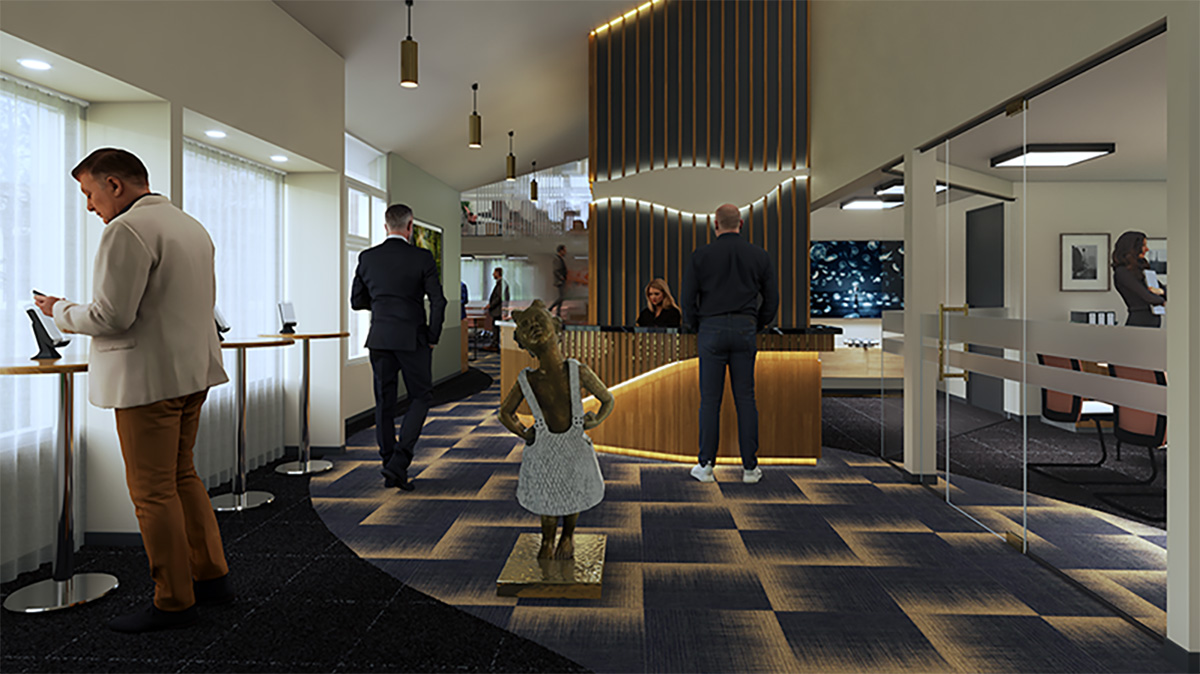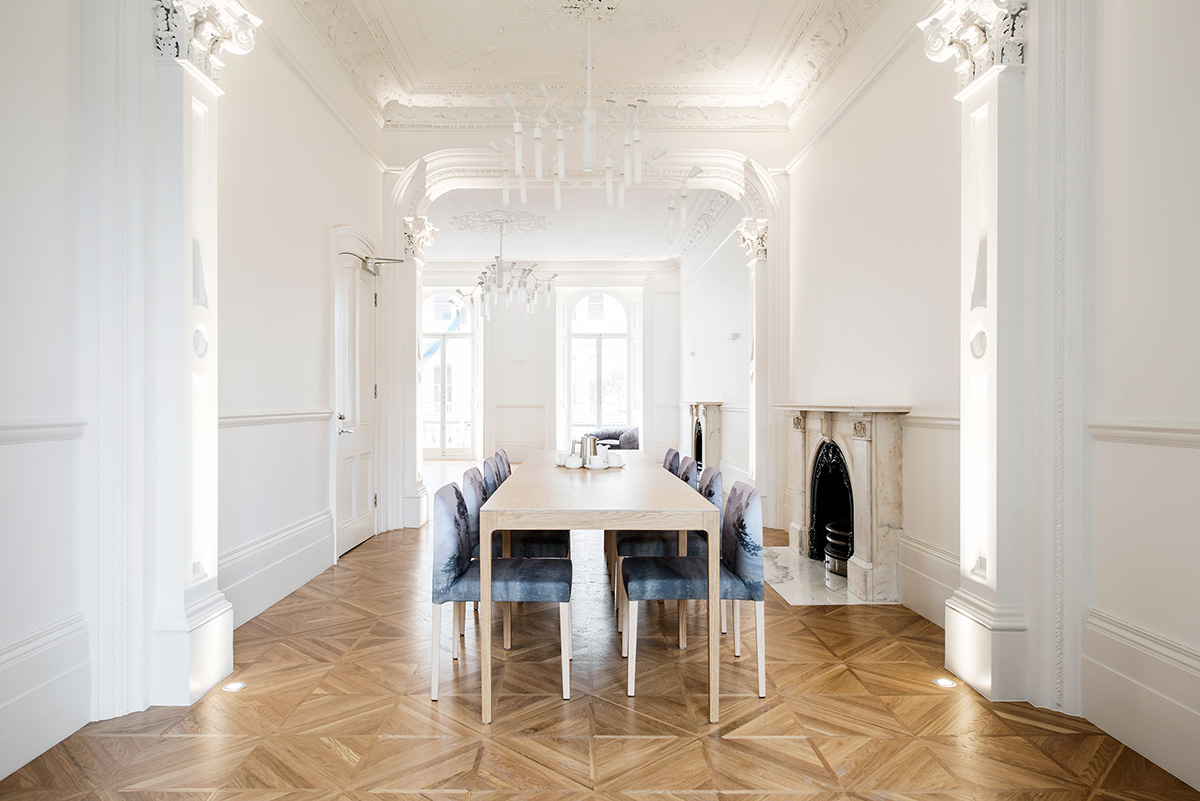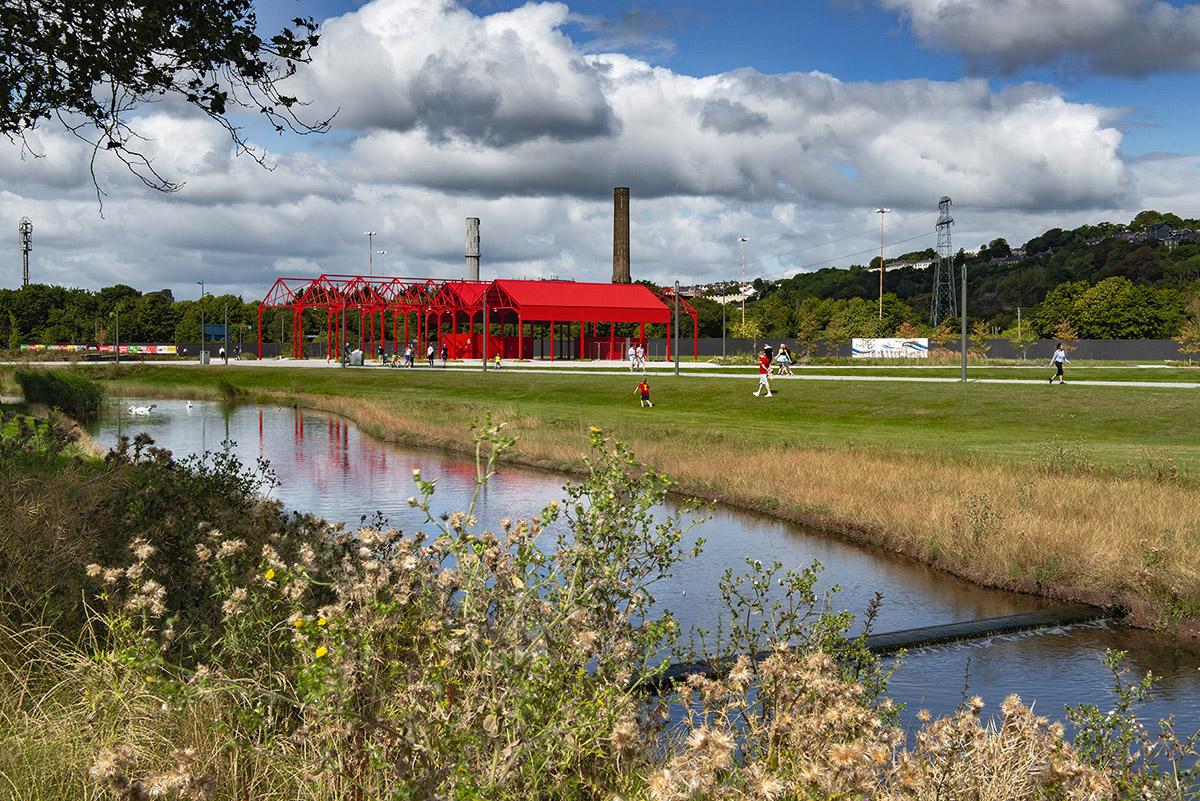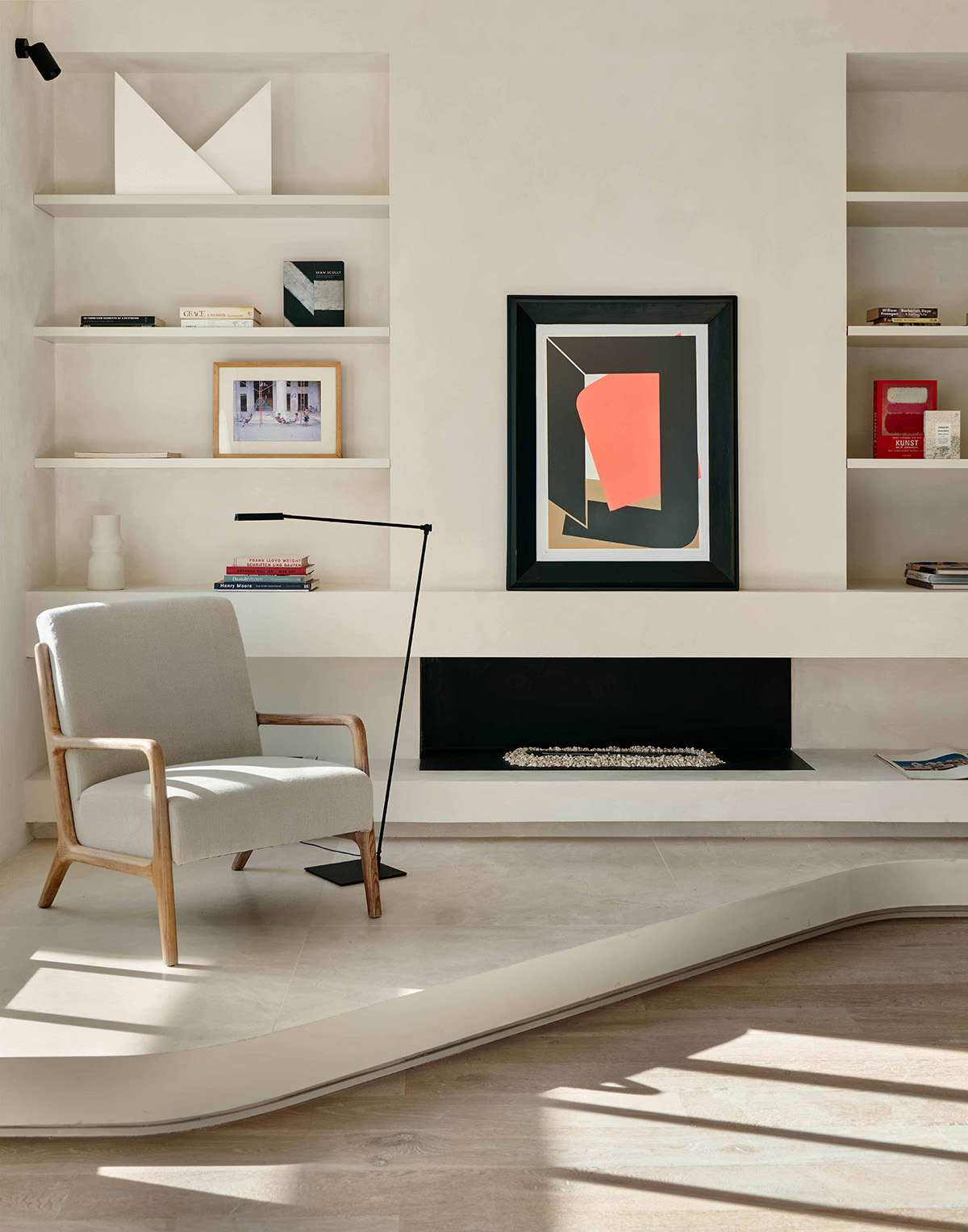Erik Giudice Architects: Building for the future
By Emma Rodin | Photos: Erik Giudice Architects
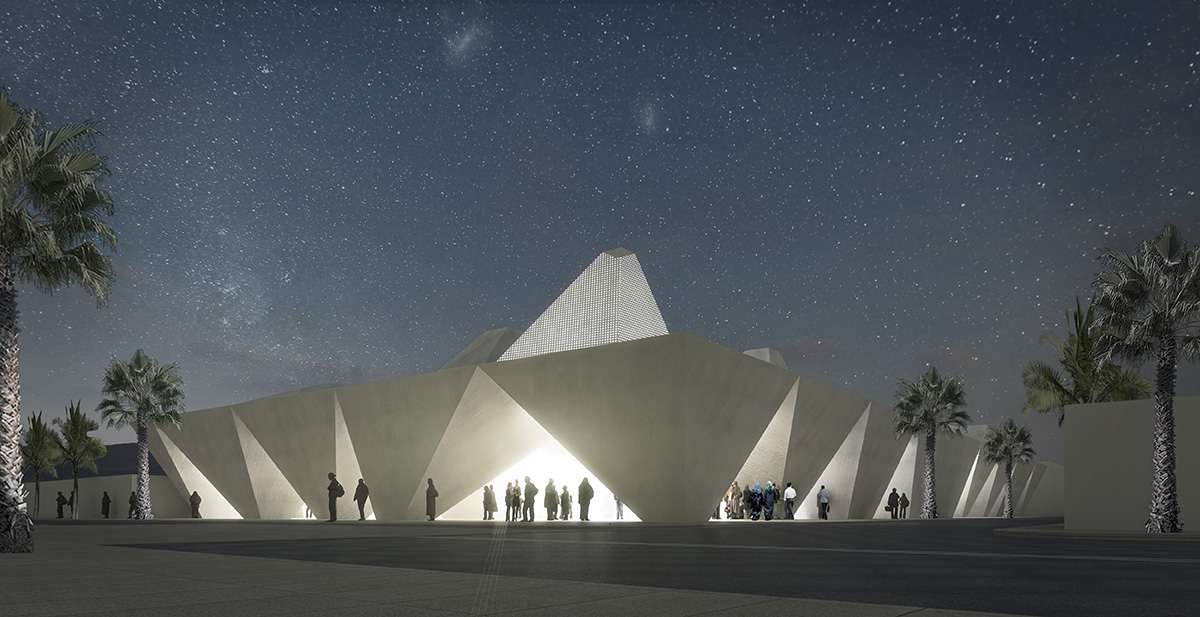
Grande Escale, nomad culture museum in Dakhla, Morocco.
A global firm with local awareness at its core, Erik Giudice Architects (EGA) creates modern architecture inspired by Scandinavian values and design. And, with sustainability, respect and human needs at the root of each idea, EGA is disrupting the industry and setting new standards.
Showing consideration (and curiosity) for different environments and communities comes naturally for EGA’s founder Erik Giudice who spent his childhood split between France, Italy and Sweden. So, it’s hardly surprising that these values have also helped shape his professional ventures as an architect and entrepreneur.
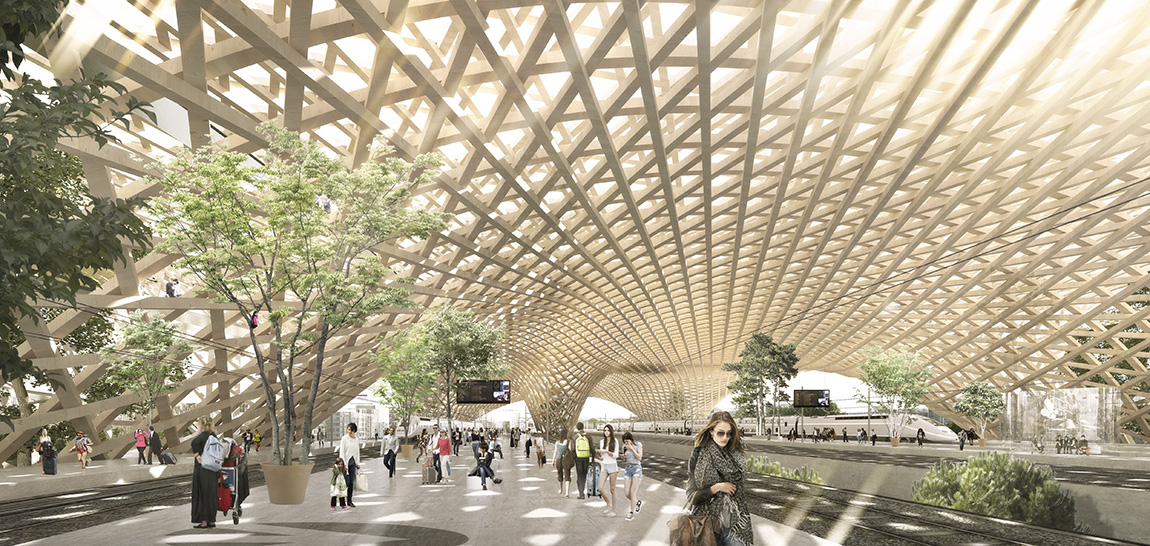
High speed train station in Jönköping, Sweden.
In fact, EGA has made a name for itself as a master of finding solutions to complex problems. Simplexity, as Giudice calls it, is an approach that can be applied to anything from a challenging location to technical prerequisites.
“As much as our designs are functional and made to solve problems, we always emphasise the location of where we’re building”, says Giudice. “The idea is to add something to what’s already there, improving over purely changing, and we always use local expertise to maintain that all-important link.”
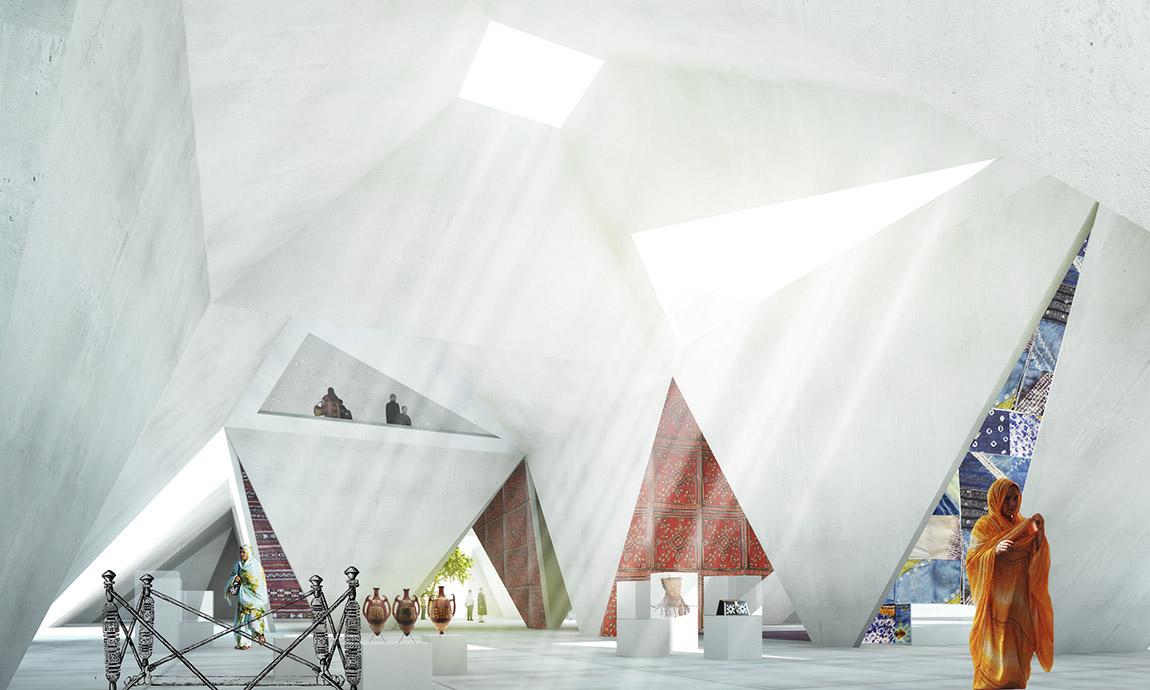
Eco-conscious leaders
EGA also takes pride in its awareness of, and response to, ecological challenges which influence everything from the choice of materials to how that material is transported to site.
‘The right materials’, means the use of reusable construction elements and materials with a low carbon footprint. Wood, for instance, makes an appearance time and time again, inspired by Giudice’s early brush with the material during his apprenticeship in his uncle’s woodworking shop at 16. Wood is also easily accessible in Scandinavia, which has formed its architectural tradition.
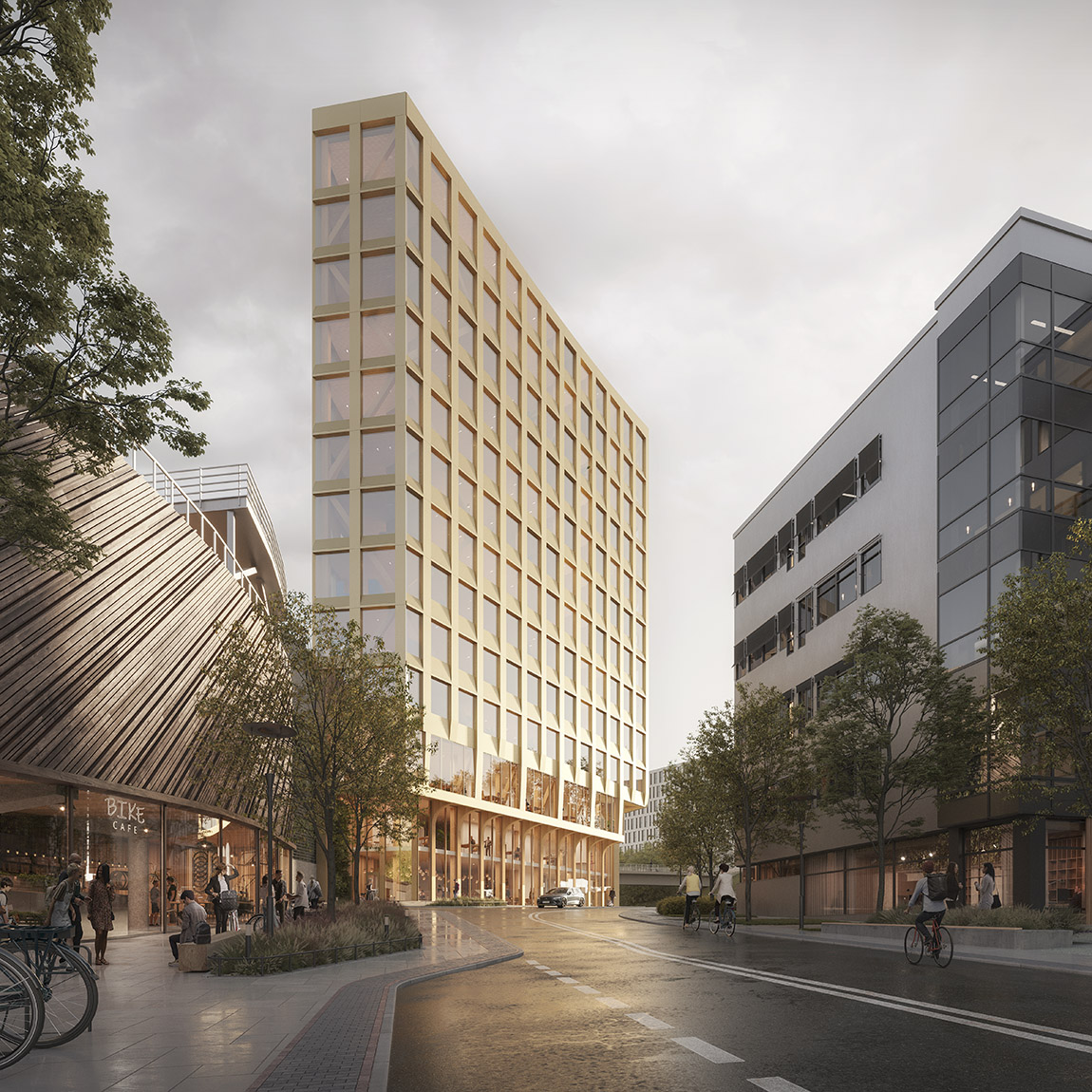
As mentioned, the use of locally sourced materials for each project is also key to the firm’s success. This minimises not only transportation costs, but also carbon emissions. “Traditionally, buildings have been made with materials from the area – whatever was available,” explains Giudice, and adds “that’s why there are wooden houses in some areas and stone buildings in others. Now, the sector is returning to this, and it’s something we’ve helped accelerate.”
The word ‘flexible’ comes to mind; and, a flexible building can also be repurposed and even dismantled with ease when, and if, it’s time for deconstruction, and its parts used in new building projects. “The construction sector is reorganising here,” says Giudice. “This hasn’t yet been systemised, but the market is different today and progress is being made. This is something we are at the forefront of.”
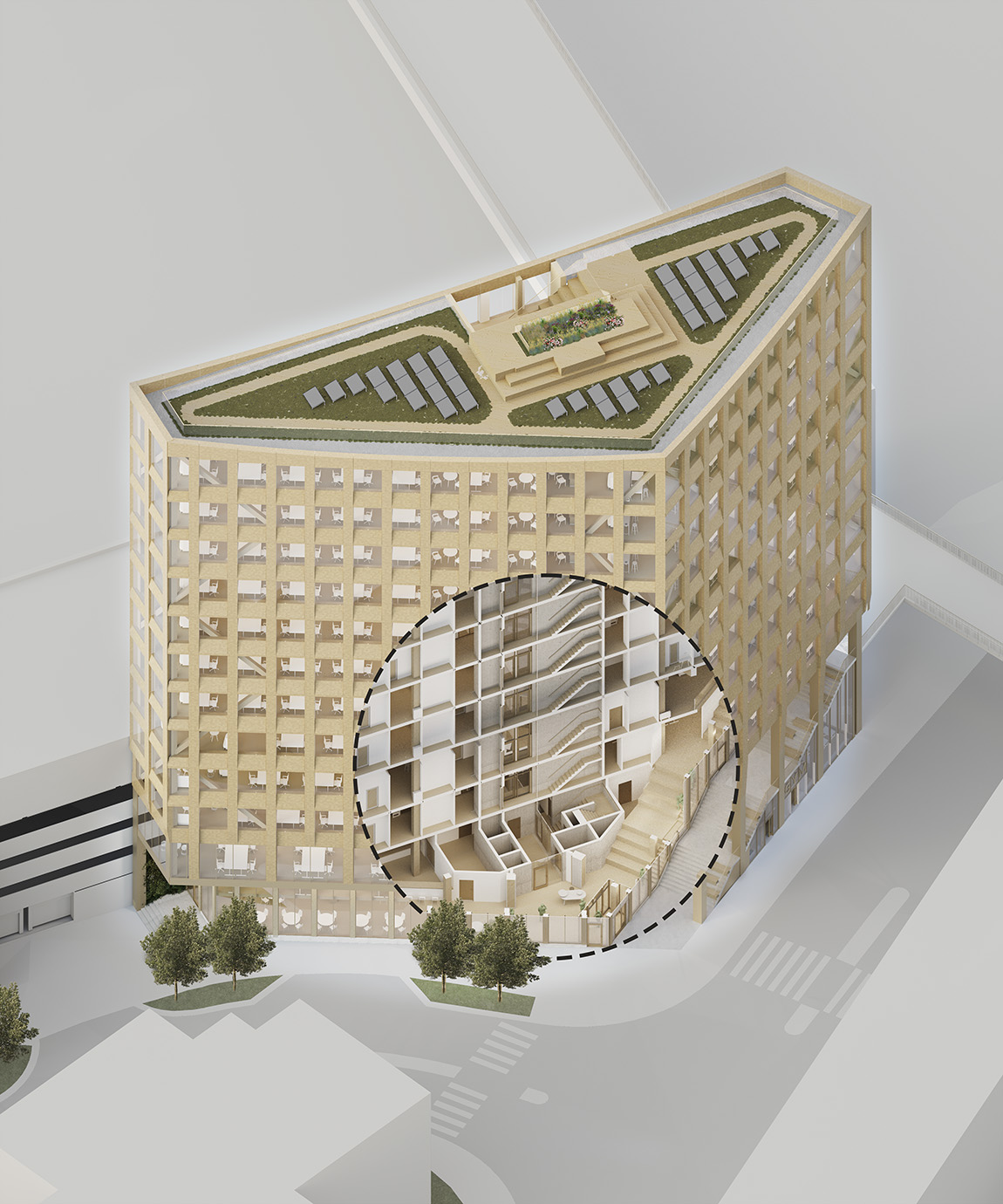
For Paris and beyond
Speaking of flexibility, EGA is heading up the athletes’ village for next summer’s Olympic Games in Paris, namely the eco-quarter in Ile-Saint Denis. And, unlike previous projects and Olympic Games, this athletes’ village has been designed for its future, post-event usage first and foremost, while the adaption to house athletes has been a secondary consideration.
The design uses modular components that will be easy to remove and reuse, making it easy to convert the buildings into office space and housing when the time comes – an approach which is ground-breaking and provides a new path for the construction industry towards a circular economy.
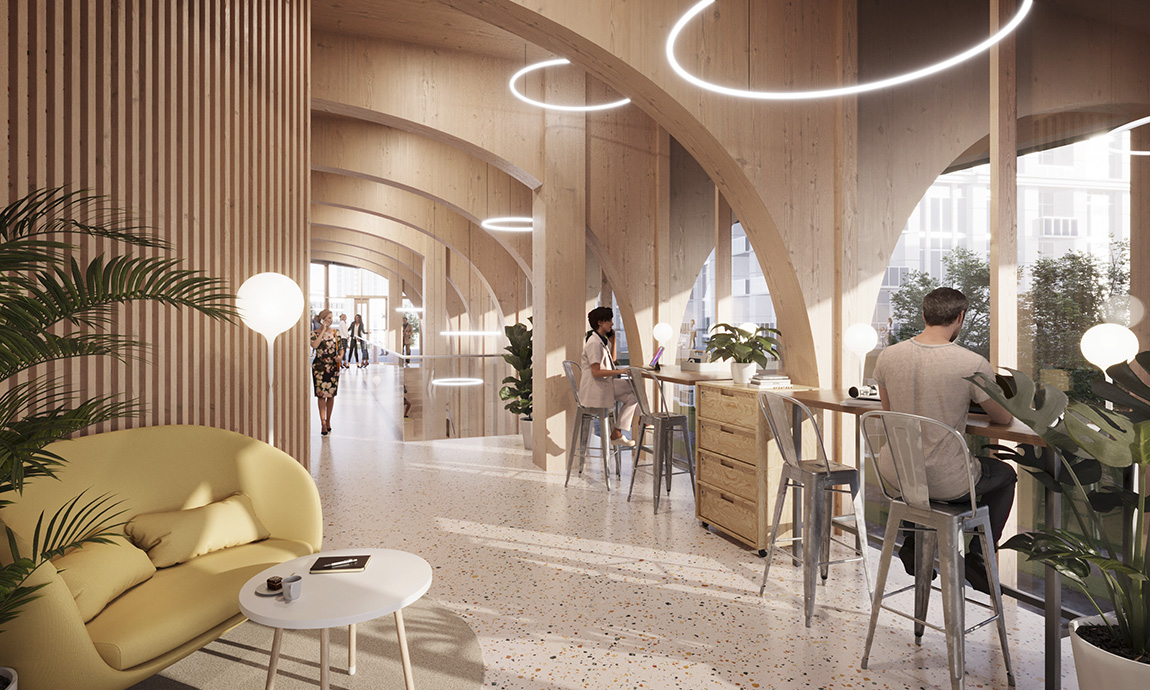
Another EGA project worthy of attention is a landmark office building in Stockholm currently in its planning phase. Staying true to what makes EGA what it is, this project will feature wooden frames and a façade covered in solar panels. The aim is to create a self-sufficient building when it comes to energy, a solution designed for the future and to inspire other projects too.
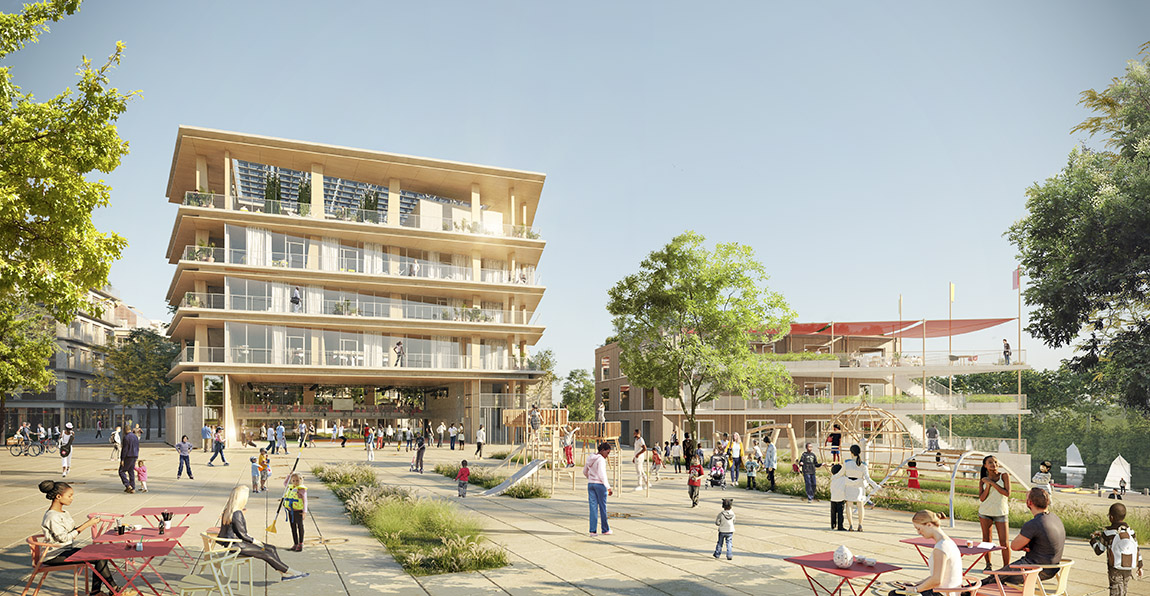
Indeed, building for the future is at the centre of all the firm’s projects. And there is more to be done, with upcoming projects including public buildings such as museums and concert halls. “They’ve been built a certain way for a long time,” Giudice says. “The overall shape has been worked on, but not so much the insides of cultural buildings; I think we can go further here.”
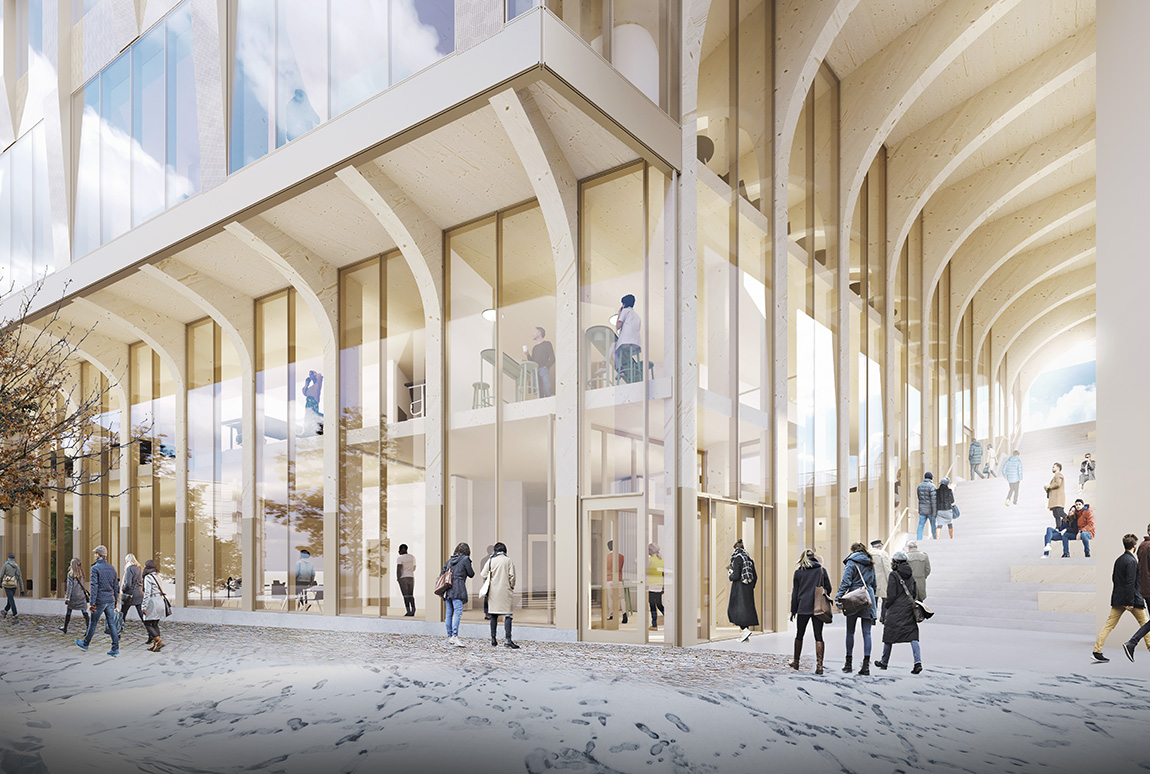
“As architects and builders, we must be able to optimise ecological aspects while also delivering appealing aesthetics. It’s about the design as a whole, made for the long-term,” tells Giudice. “And, it’s about adaptation, creating buildings that can be tweaked to cater for different purposes, like an ancient monastery in Venice turning into a modern university. We may not always know what the future holds, but we can always keep people and planet first and centre,” he concludes.
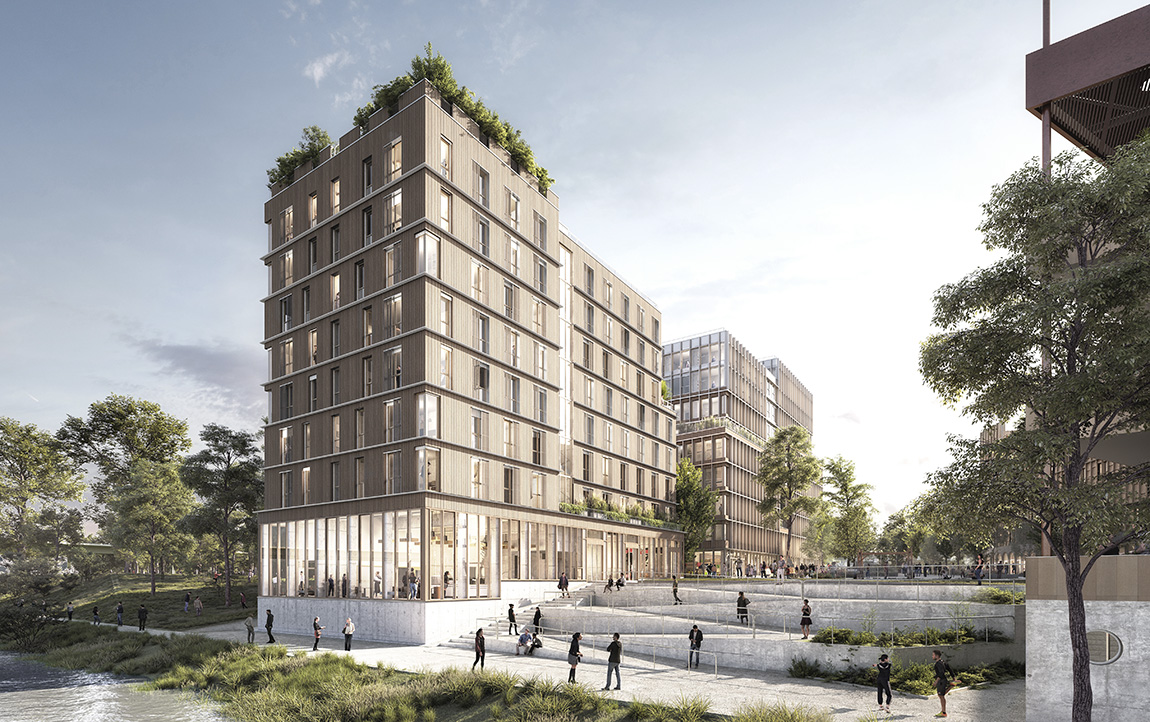
Web: www.erikgiudice.com Instagram: @ega_erikgiudice_architects
Subscribe to Our Newsletter
Receive our monthly newsletter by email

